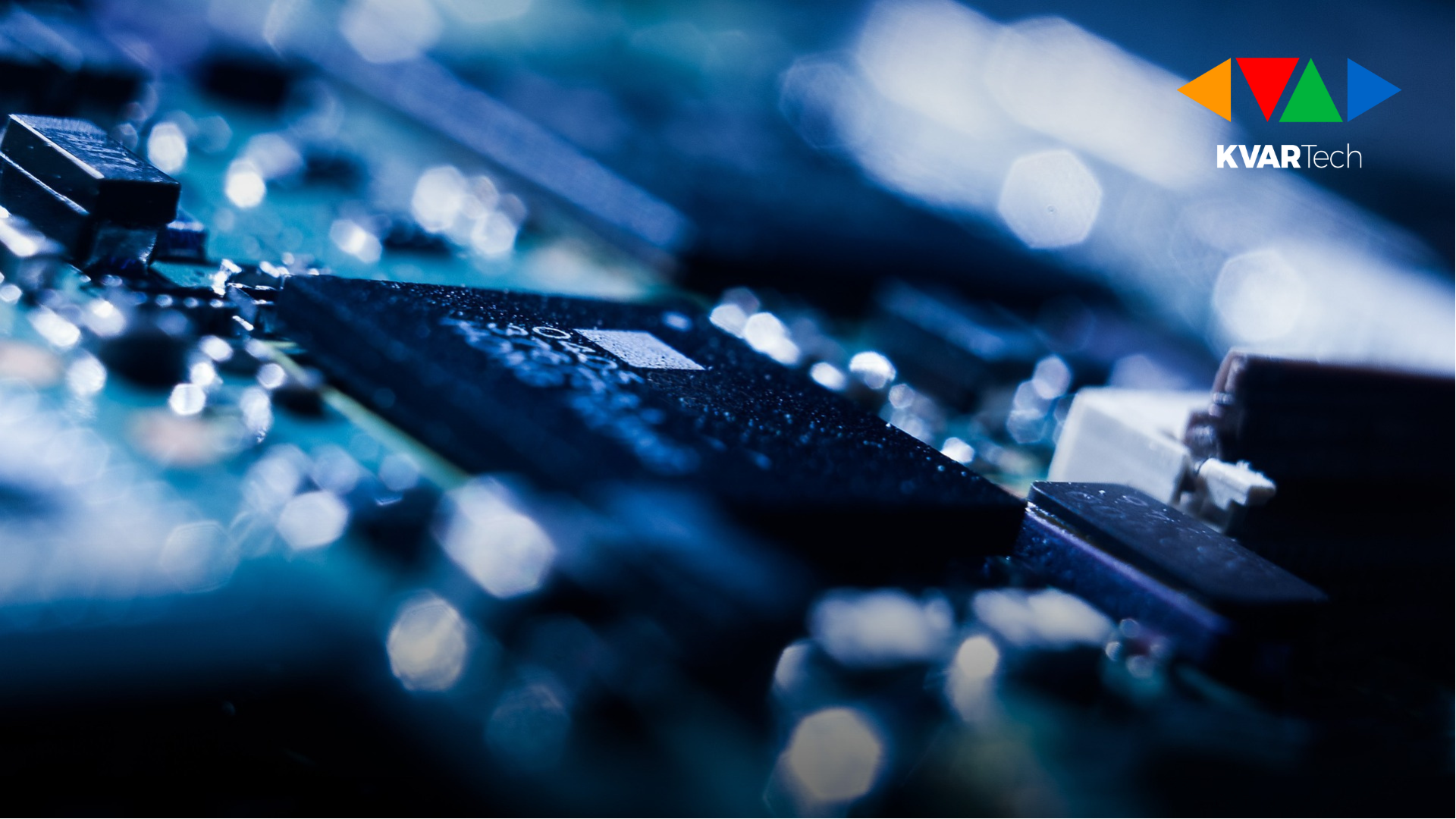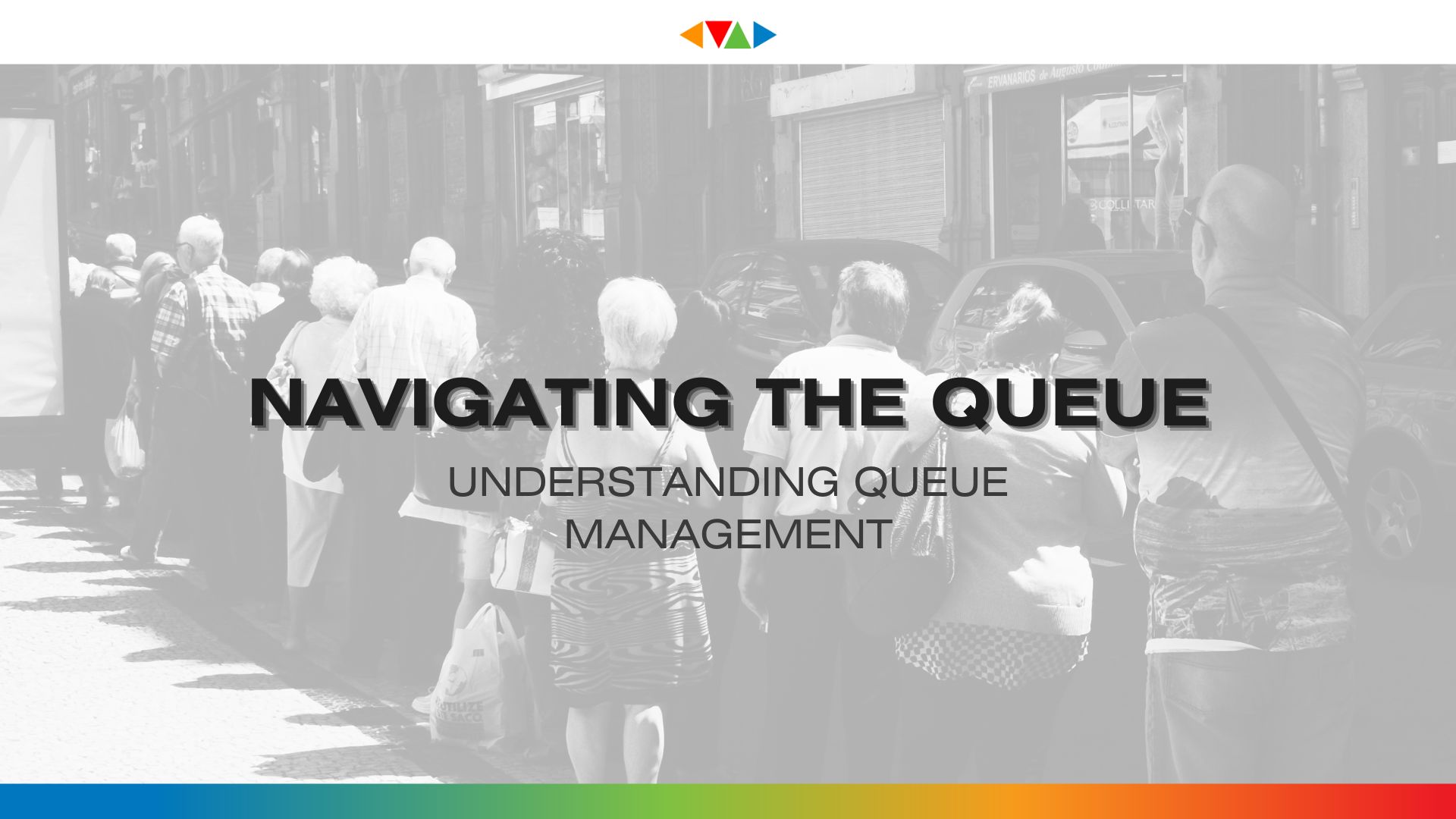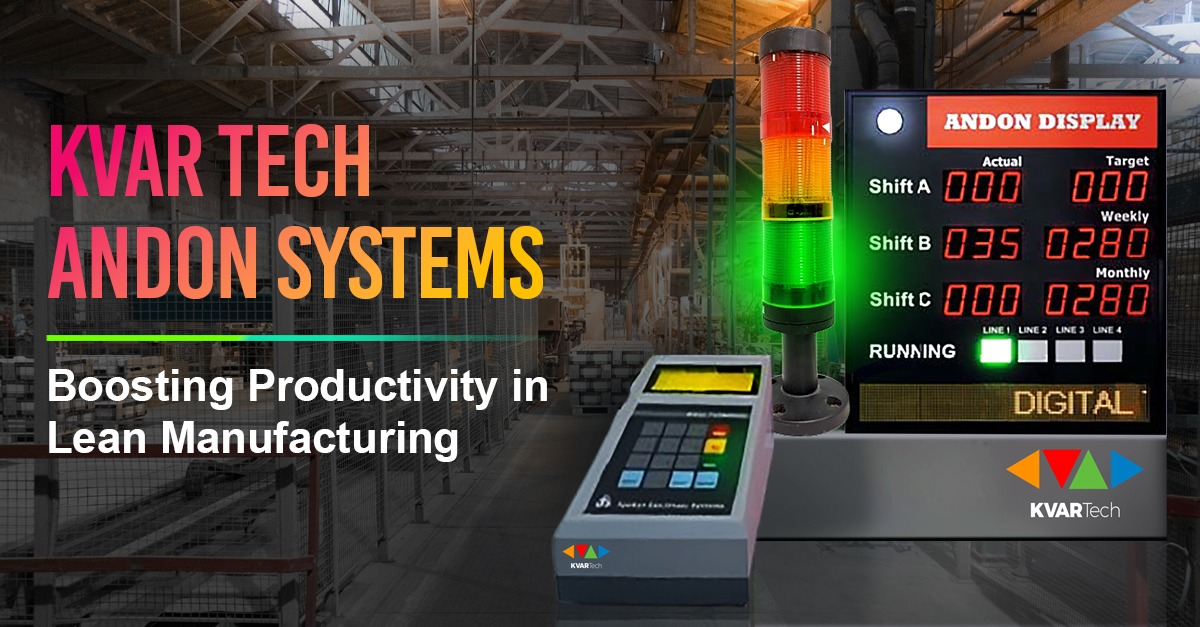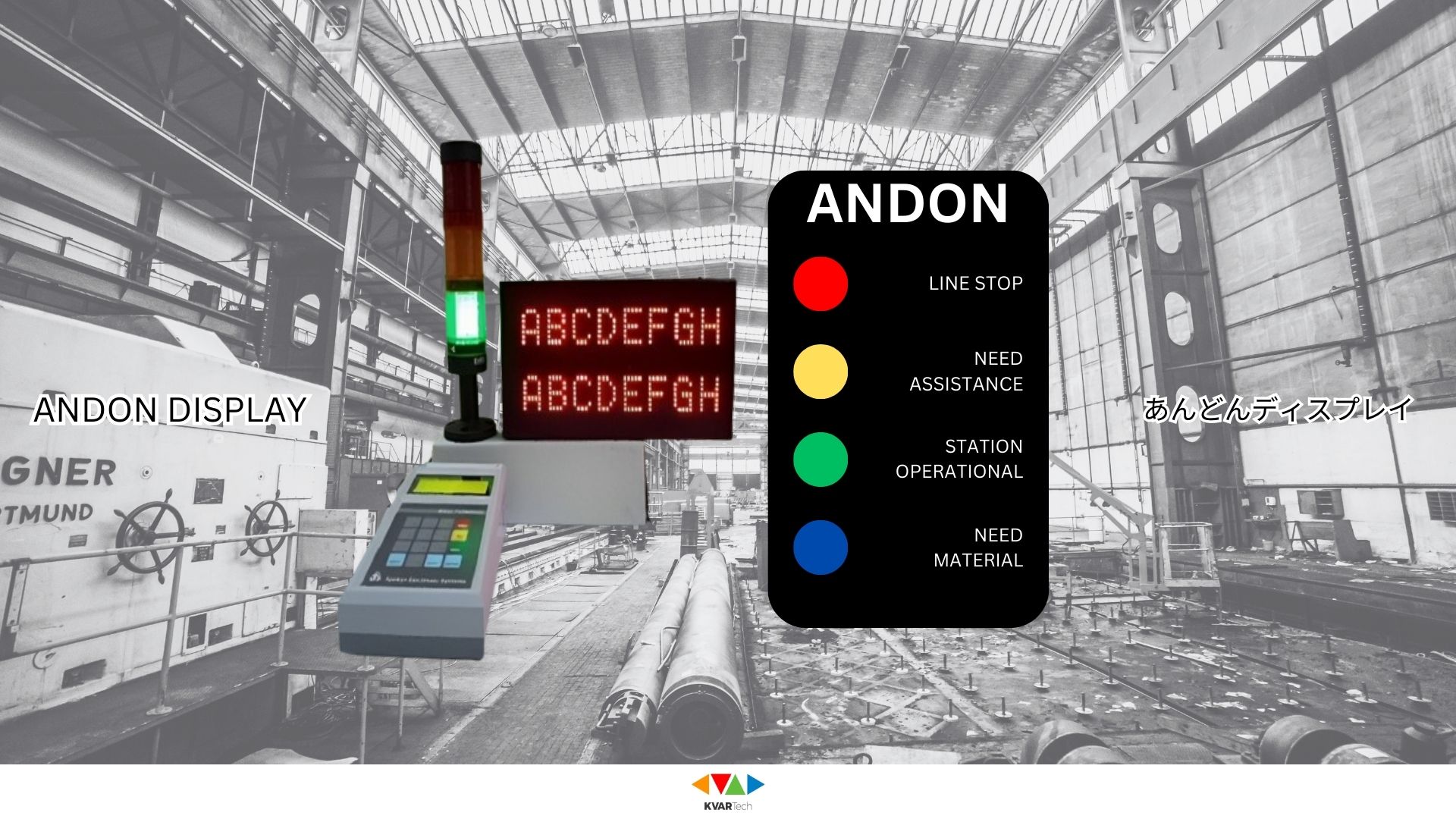In an age where the world of embeddedness finds itself on the brink of an evolutionary era, we at KVAR Technologies have not only embraced the integration of AI into embedded systems but also aspire to lead this epoch of transformation.
Artificial intelligence, commonly referred to as AI, has exceeded our expectations and blurred the lines between reality and science fiction. We are on the cusp of a new era that reshapes our interaction with technology. AI has rapidly infiltrated nearly every field, from education to healthcare, and its integration has been warmly welcomed. With its capacity to process vast amounts of data, tackle complex tasks with the skill of an expert, and do so at an unprecedented speed, there's little reason for any domain to reject this integration.
Embedded systems, like many other domains, have witnessed a transformative evolution. AI has driven a paradigm shift in the functionality and efficiency of these systems. Prominent generative AI models, such as ChatGPT and Bard, have become indispensable tools for engineers, automating coding tasks, error handling, and executing functions that would previously demand significant human effort and time. However, does this surge of AI within the embedded realm mean that human intelligence is becoming obsolete? The straightforward answer is no. While it's a consideration worth exploring, AI replacing human intelligence is far from becoming a reality.
AI, at its current stage, is merely a tool. It is a remarkable tool, to be sure, but ultimately a tool nonetheless. It should not be mistaken for human intelligence in any capacity. In a domain that straddles the digital and physical worlds, like embedded systems, AI cannot fully grasp the existing complexities, making the displacement of humans an improbable scenario. Nevertheless, AI unquestionably serves as an invaluable source of assistance that should not be underestimated. In a world where workplaces value human efficiency, AI is a blessing, allowing individuals to concentrate on more technical tasks while AI handles routine assignments.
Here are some ways in which AI enhances the efficiency of embedded systems development:
1. PROTOTYPE AND VALIDATION:
Engineers frequently employ AI tools to design systems, exploring various configurations and optimizing their effectiveness and efficiency. This process aids in identifying the best possible prototype without unnecessary resource wastage.
2. DATA ANALYSIS AND OPTIMIZATION:
Real-time data analysis is pivotal in reimagining inefficient systems and fine-tuning them to achieve desired outcomes. AI is instrumental in identifying existing anomalies and predicting potential issues through predictive analytics
3. CODING ASSISTANCE:
AI tools like OpenAI's CodeSandbox and GitHub's Copilot are invaluable for generating code and algorithms. When partnered with an engineer who oversees their validity, these tools simplify the coding process while saving valuable resources.
4. PROCESS AUTOMATION:
AI streamlines entire workflow routines, increasing process efficiency and reducing manual effort. For instance, AI can assist in generating and reviewing code, as well as debugging, allowing engineers to focus on the more intricate and creative aspects of system development.
To summarize it all, AI has the potential to significantly enhance the efficiency of embedded systems and streamline the production process. However, it's important to remember that AI, in its current state, is just a tool. The idea of AI surpassing human intelligence is far-reaching. In reality, it's not AI versus people; it is "people with AI" outperforming "people without AI." As the discussion on AI and human intelligence continues to evolve, it's crucial to recognize that AI will always lack human consciousness, our understanding of complexities, and emotional depth. Thus, the next hire in the embedded domain won't be AI; it will be those who are proficient in leveraging AI's capabilities.
-min.png)





